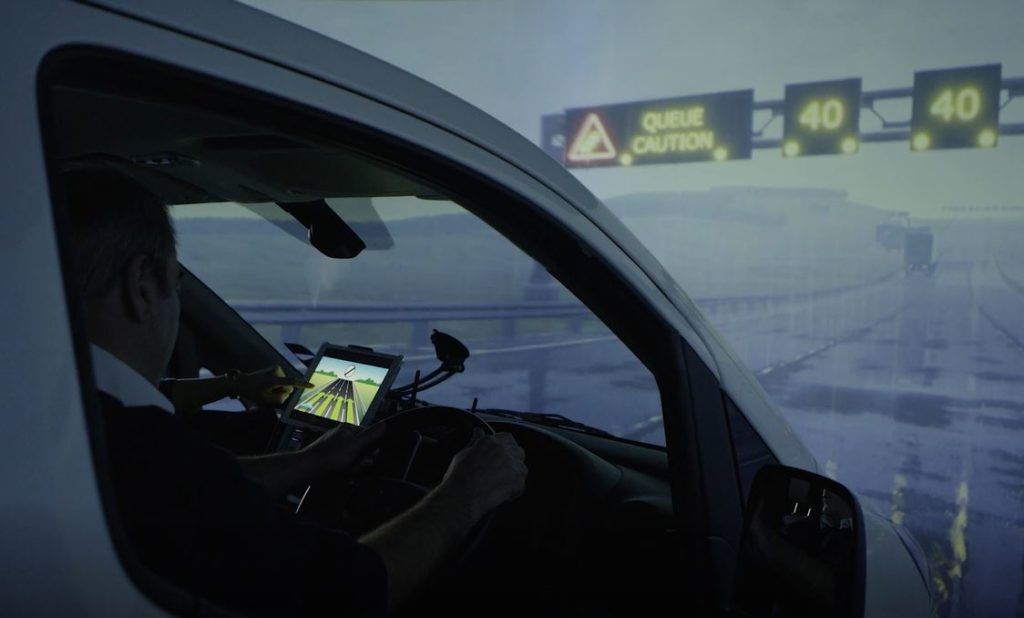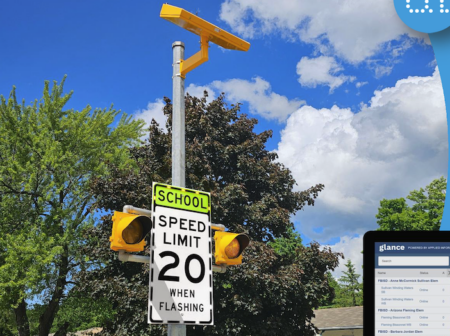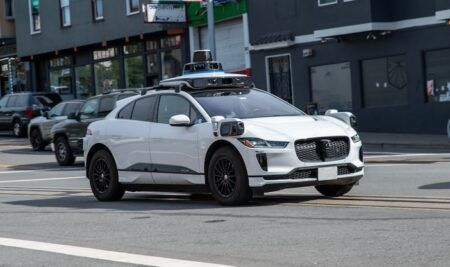Zenzic, the UK hub for the advancement of self-driving vehicles, has called for immediate collaboration on communications standards and an agreement for CAM-ready highways in the next 12 months, in its newly published report UK Connected and Automated Mobility Roadmap to 2030: CAM Creator Update
The report has a range of features designed to make collaboration across the UK self-driving development industry easier. Roadmap activities have been assigned topic-based tags, which make it easier for organisations to find relevant Roadmap activities and see who they can collaborate with. The new Roadmap also debuts ‘CAM Creators’, 117 companies who have identified themselves as having a core role in the development of CAM services and technology. Roadmap users can find which CAM Creators are active in their relevant sector and connect with them.
Mayors, regional leaders and infrastructure providers need to work together to identify local requirements and develop a plan for putting the necessary infrastructure in place, including connectivity. Increased support is also needed for local government capabilities to ensure readiness for connected vehicles. This work needs to be undertaken urgently to ensure progress in the development of self-driving vehicles does not stall, causing the UK to lose its current world-leading status.

“Getting self-driving vehicles onto our roads and developing the services which will change the way people travel and goods are moved in the UK is an incredibly complex task,” says Daniel Ruiz, CEO, Zenzic. “We know that collaboration across government and industry is necessary for us to be able to benefit from self-driving technology, and this new edition of the UK Connected and Automated Mobility Roadmap to 2030 builds on the successes we have already seen, while also introducing new features which make this collaboration even easier.”
“Highways England is committed to achieving connected and automated mobility, working with partners and stakeholders,” adds Joanna White, head of intelligent transport systems, Highways England The CAM Roadmap is important so that we can ensure we are linking our work, delivering our digital roads ambitions, to the associated Roadmap activity. It also highlights opportunities for collaboration, so that we can support activities that help us develop a network that enables CAM.”

The first edition of the UK Connected and Automated Mobility Roadmap to 2030, launched in September 2019, outlined several ‘key enablers’, activities and developments which need to be completed before many future sequential activities can even begin. Over the past 12 months, the UK Connected and Automated Mobility Roadmap to 2030 has been an instrumental tool for UK-based organisations making great strides in laying foundations around safety standards, cyber security planning, legal frameworks and defining vehicle and infrastructure data connectivity requirements. Specifically:
- The release of two Publicly Available Specifications from the BSI, (PAS 1880 and PAS 1881) which tee-up safety standards for the testing of self-driving vehicles
- The Law Commissions has completed two consultations around automated vehicles, with the process due to be concluded in 2021
- The UNECE’s World Forum for Harmonization of Vehicle Regulations adopted two new regulations on cyber security and software updates. These tackle cyber security risks by establishing clear performance and audit requirements for vehicle manufacturers. The UK heavily contributed to these regulations, which are the first internationally harmonised and binding norms in this area.
The UK is also on track when it comes to defining the data requirements for vehicle and infrastructure data sharing. Both through work on the A2M2 connected corridor as part of the EU’s InterCor project, and the development of the geodata report by Zenzic and Ordnance Survey which provides recommendations for high-definition mapping data.





